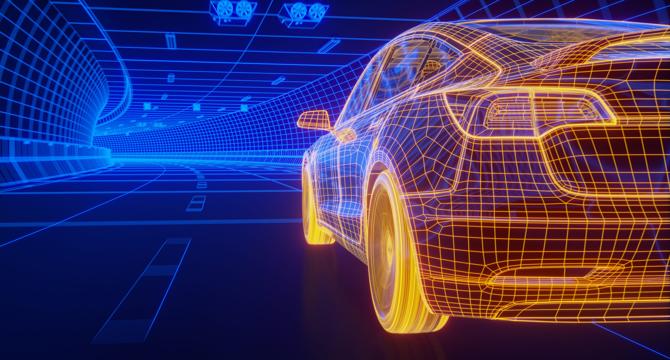Semiengineering
7d
341

Image Credit: Semiengineering
How Physical AI Is Redefining The Automotive Industry
- Physical AI is reshaping the automotive industry by enhancing autonomous systems' interaction with the physical world.
- It enables cars to navigate traffic, detect hazards, and optimize driving conditions for safety and comfort.
- AI automates and enhances vehicle design processes, fostering innovation through tools like geometric deep learning and GANs.
- AI integration in mechanical design allows for predictive simulations and adjustments, saving time and costs in development.
- Physical AI in autonomous vehicles elevates driving experiences with real-time decision-making and adaptive features.
- Safety challenges in autonomous vehicles are addressed by training AI systems in diverse safety-critical scenarios.
- AI enhances manufacturing processes by improving precision, efficiency, and quality assurance in automotive production.
- The synergy of physical AI with core automotive technologies drives innovation in electric vehicles, autonomous navigation, and V2X communication systems.
- Cadence plays a key role in automotive evolution by providing design platforms and tools for driving safety, digital cockpits, electric vehicles, and more.
- Physical AI bridges the gap between digital intelligence and real-world applications, offering transformation in mobility and vehicle design.
Read Full Article
20 Likes
For uninterrupted reading, download the app